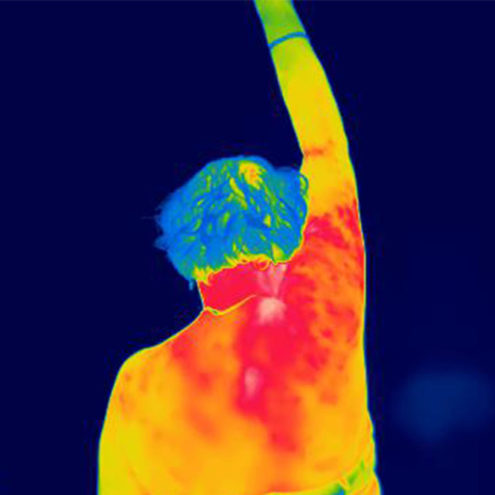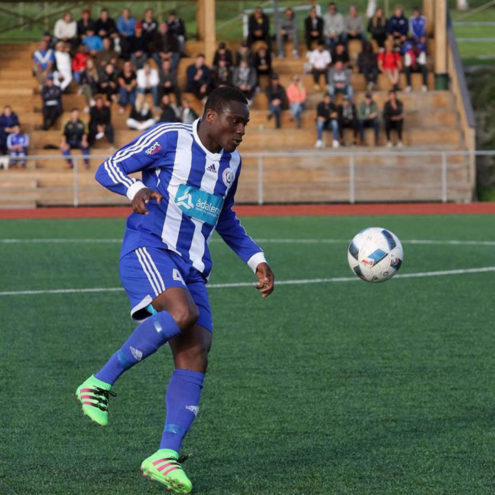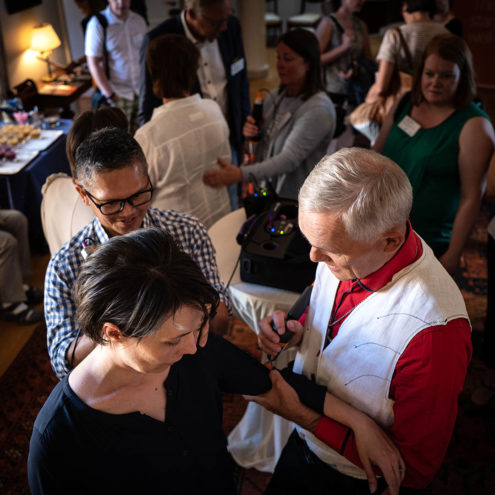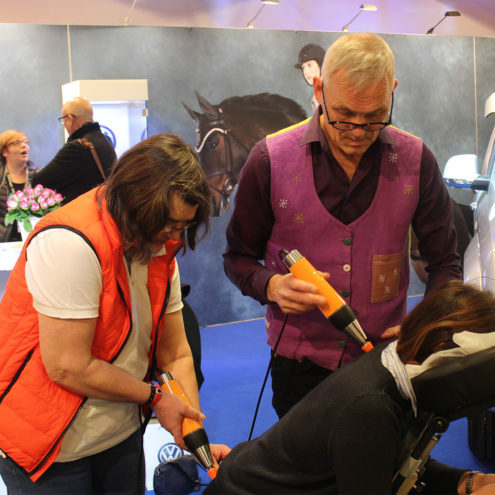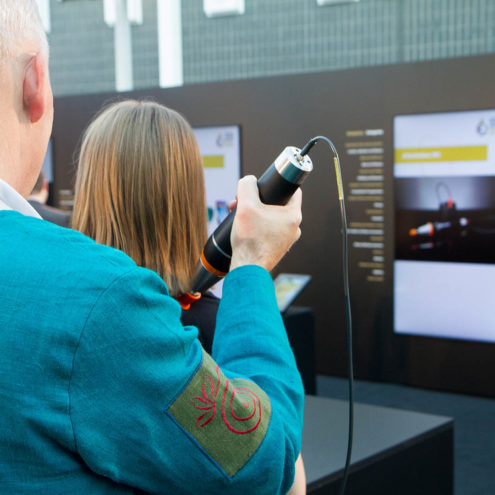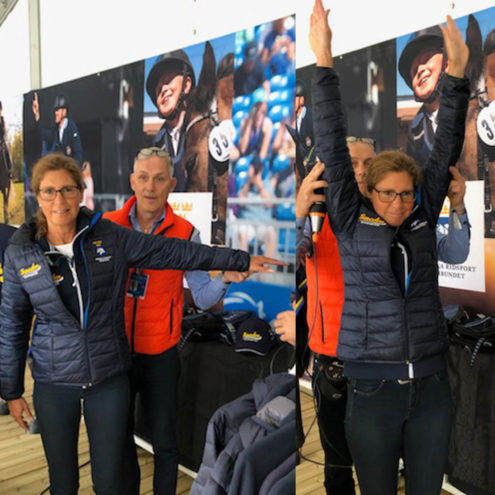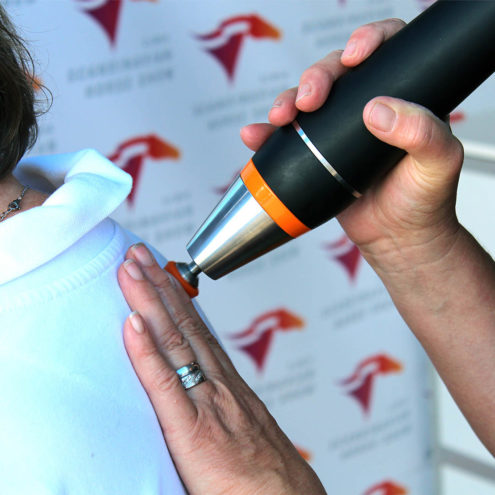Back pain
Recent research shows that back pain is due to inflammation of the fascia, the connective tissue
When the cobweb-like collagen threads stick together, nerve endings get pinched and signal pain.
The FasciaClinics offer both immediate help with pain-relieving Fascia treatment and specially trained Fascia therapists who have helped thousands of people overcome the root cause of their back pain.
Back pain can come from the thoracic or lumbar spine. The thoracic spine is the upper part of the back, twelve thoracic vertebrae with a pair of ribs extending from each thoracic vertebra, from the last cervical vertebra to the lumbar vertebra. Between each vertebral body is a disk and the vertebrae are articulated with so-called facet joints on each side of the vertebrae. The vertebrae are stabilized by strong ligaments and small muscles between the vertebrae. A strong fascia is woven throughout the spinal structure to further stabilize the vertebrae. It is more common to have low back pain, see low back pain.
What causes back pain?
In the case of pain in the thoracic spine, the pain is often located between the shoulder blades. Often the back is overworked there as you “help with your back” when you lift heavier than your arm strength can handle. You lean at an angle and pull hard. Back pain can also be due to a herniated disc between one of the thoracic vertebrae, a back injury, a vertebral dislocation, scoliosis, etc.
Injury or prolonged misalignment causes the structures of the back to become overstressed as they become unbalanced. It causes a tightening of the fascia structures, including the thoracolumbar fascia, as they become overstretched. This results in a more tight and inelastic fascia, which results in a redirection of pain receptors in the fascia.
Why do I have back pain?
The back may have become overloaded and overworked due to heavy lifting performed with poor technique without using leg strength. See low back pain.
What is back pain a symptom of?
Back pain can be a symptom of a poorly balanced body, where joints and other structures are loaded unevenly. It can be a sign of poor ergonomics, sitting too much without taking regular breaks and moving your body. Or a poor, slumped sitting position.
 Search
Search


